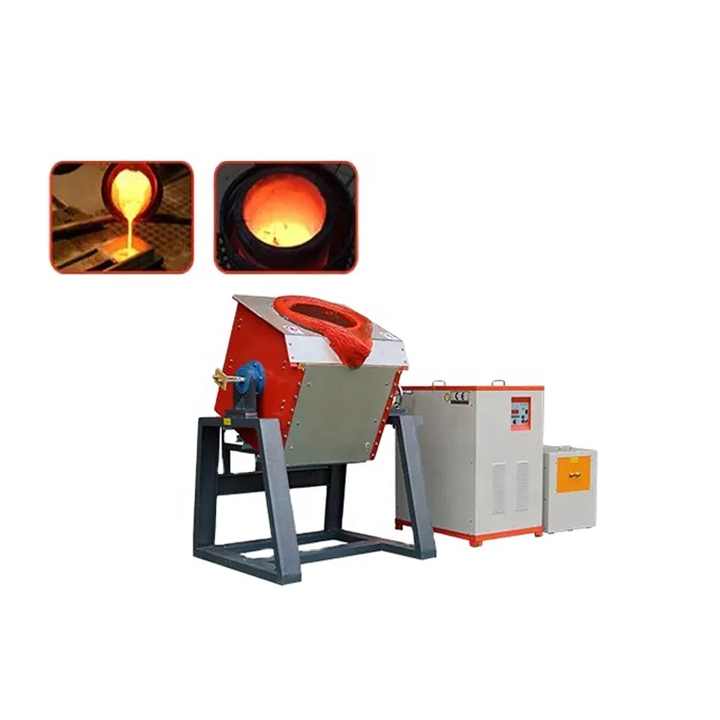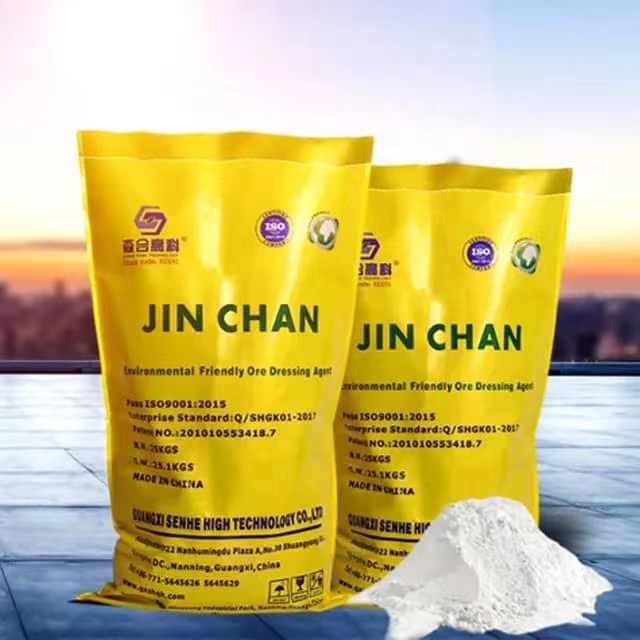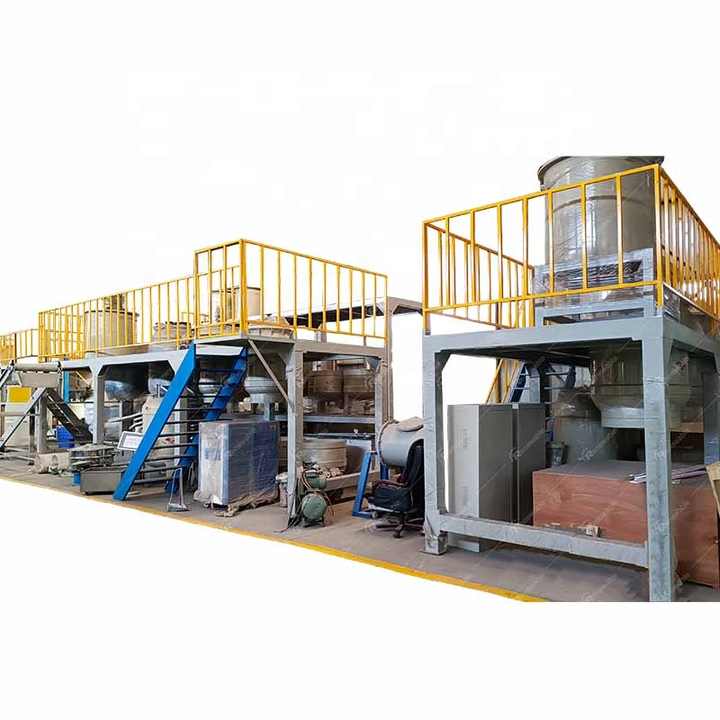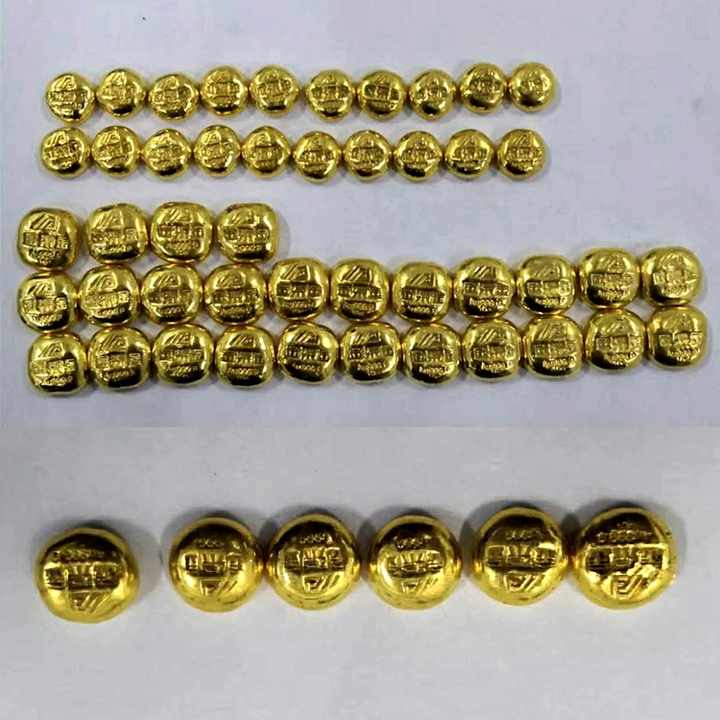Miller Process Of Refining Gold
Understanding the Miller Process of Refining Gold
Gold refining is a crucial step in the precious metal industry, ensuring that the gold meets the highest purity standards. Among various refining techniques, the Miller process stands out for its efficiency and effectiveness in producing gold with a purity level of 99.95%. Developed by Francis Bowyer Miller in the late 19th century, this method has been widely adopted by refineries worldwide. Today, FRT Machinery continues to innovate and refine the Miller process, making it more accessible and efficient for modern applications.

The Fundamentals of the Miller Process of Refining Gold
The Miller process involves the chlorination of gold to remove impurities. In this method, gold is heated in a crucible along with chlorine gas. The impurities in the gold react with the chlorine to form volatile chloride compounds, which are then removed from the crucible, leaving behind pure gold. This process is particularly effective for refining gold that contains silver, as the silver forms a chloride compound that can be easily separated from the gold.

Equipment Used in the Miller Process of Refining Gold
FRT Machinery offers specialized equipment designed specifically for the Miller process. These machines are equipped with advanced temperature control systems and safety features to ensure the precise conditions required for successful gold refining. The use of high-quality materials in the construction of these devices ensures durability and reliability, even under the harsh conditions of the refining process.】
Steps Involved in the Miller Process of Refining Gold
The first step in the Miller process is the preparation of the gold material. The gold is usually melted and cast into a suitable shape for processing. Next, the gold is placed in a crucible, and chlorine gas is introduced into the system. The temperature is carefully controlled to ensure that only the impurities react with the chlorine, while the gold remains unaffected. Once the reaction is complete, the remaining chloride compounds are vented away, leaving the refined gold behind.
Advantages of Using the Miller Process of Refining Gold

One of the key advantages of the Miller process is its ability to achieve high purity levels efficiently. It is also relatively simple compared to other refining methods, requiring fewer steps and less complex equipment. Additionally, the Miller process is cost-effective for large-scale operations, making it a popular choice among industrial refiners. FRT Machinery’s innovations have further enhanced these benefits, making the process even more accessible and user-friendly.
Applications of the Miller Process of Refining Gold
The Miller process finds extensive use in the jewelry and electronics industries, where high-purity gold is essential. In the jewelry sector, the refined gold is used to create exquisite pieces that require minimal alloying. In electronics, the high conductivity and corrosion resistance of pure gold make it indispensable for use in connectors and circuit boards.
Future Innovations in the Miller Process of Refining Gold
As technology advances, so does the potential for improving the Miller process. FRT Machinery is committed to researching and developing new techniques to enhance the efficiency and sustainability of gold refining. By focusing on reducing energy consumption and minimizing waste, these advancements promise to make the Miller process even more environmentally friendly without compromising on quality or performance.
By embracing the Miller process and leveraging the expertise of FRT Machinery, gold refineries can ensure they are using one of the most reliable and effective methods available today for achieving gold purity levels that meet the stringent demands of modern industries.















